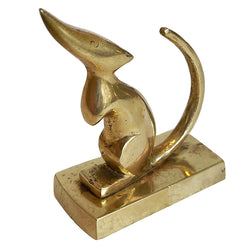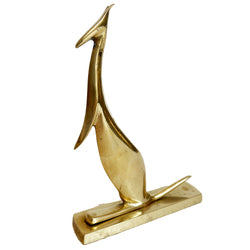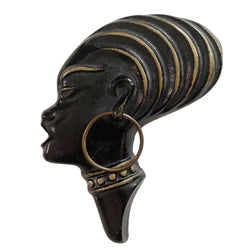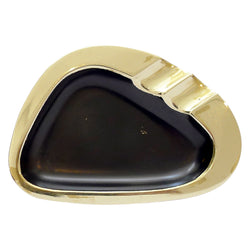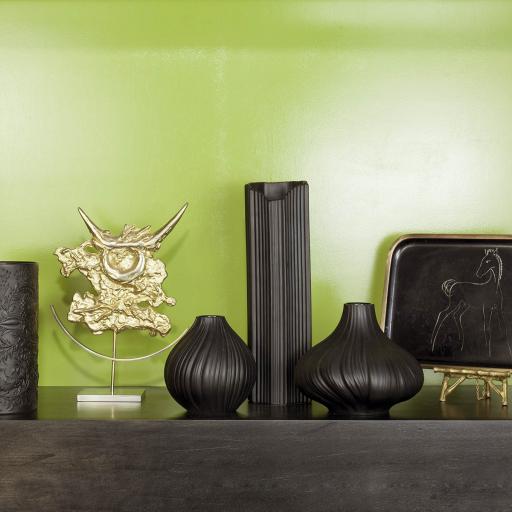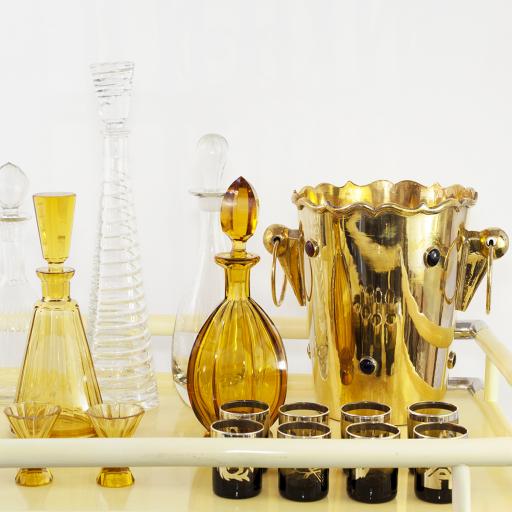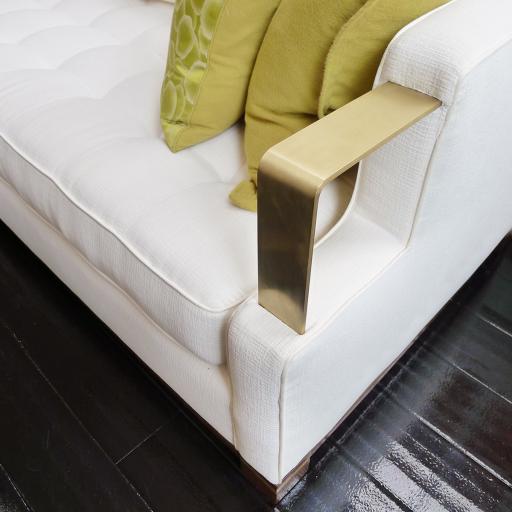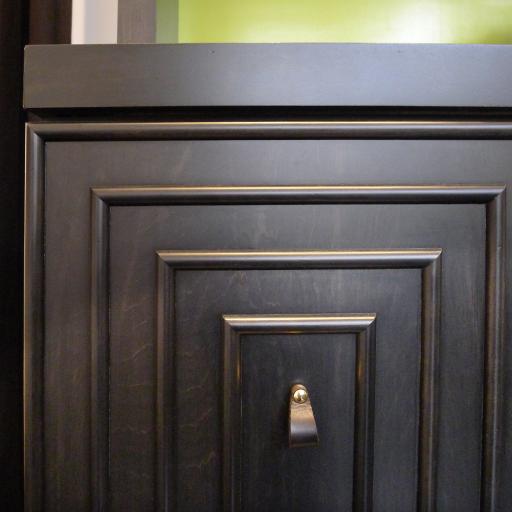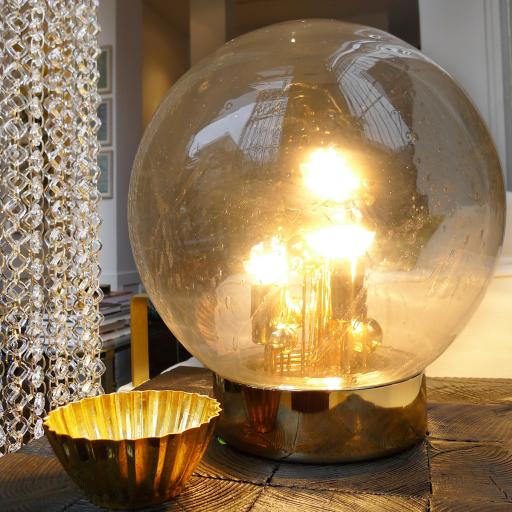
Werkstätte Hagenauer
Werkstätte Hagenauer was founded by goldsmith Carl Hagenauer in 1898 and in 1928 taken over by his son Karl Hagenauer who had studied under Josef Hoffmann and Oskar Strnad at the Universität für Angewandte Kunst (University of Applied Arts).
Hagenauer created stylized animals and whimsical creatures handcrafted in brass, which had broad appeal in domestic and American markets. Some were functional, such as mirrors, cigar cutters, ashtrays, candlesticks, bookends, hood ornaments and lamp bases. Other larger sculptures in wood and metal, such as the iconic Josephine Baker were purely decorative. Hagenauer's work was presented at the “Exposition des Arts Décoratifs” in Paris in 1925, where it won a bronze and a silver medal. While Karl Hagenauer was the principal designer of everyday objects and some sculptures, his younger brother Franz specialized in sculpture. Other designers who created objects for the company were Karl Auböck, Richard Rohac, Walter Bosse and Karl Schmidt. Hagenauer later also produced furniture, chiefly designed by Austrian architect Julius Jirasek. The company turned to the production of metal objects and furniture needed for the restoration of houses and other structures damaged or destroyed in the war. The 1950s saw a reintroduction to the more decorative products. After closing the workshop in 1987, the company retains their shop Galerie Hagenauer in Vienna.

